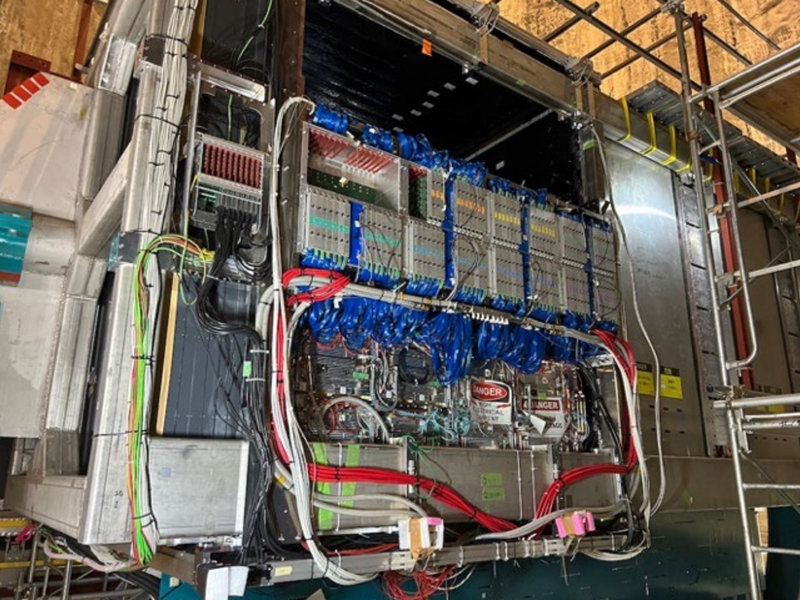The J-PARC accelerator centre on the east coast of Japan has been conducting research on the properties of neutrinos since 2010 as part of the Tokai-to-Kamioka (T2K) experiment. A group of physicists from the Institute of Physics at the Faculty of Science and Technology of the University of Silesia in Katowice participates in the project under the supervision of Arkadiusz Bubak, PhD, DSc, Assoc. Prof. and Prof. Jan Kisiel.
The T2K experiment is carried out by over 500 physicists from 14 countries who, by studying the properties of neutrinos, are trying to unravel, among others, the mystery of the lack of antimatter in the Universe. In December 2023, the experiment entered a new phase of data collection thanks to the modification of the research equipment.
The intensity of the neutrino beam was increased, which was possible thanks to the modernisation of the main accelerator. It is worth emphasising that the neutrino beam is stable at a record high intensity reaching approximately 710 kW, which is an increase of approximately 40% in power compared to the state before modernisation. New neutrino detectors have been installed, enabling a more precise reconstruction of the paths of particles produced in neutrino interactions. During December measurements, cases of neutrino interactions were recorded in new detectors.
The year 2013 was a breakthrough for the T2K experiment, when for the first time in history the appearance of electron neutrinos in a muon neutrino beam was directly observed. A beam of muon neutrinos is produced in the J-PARC laboratory, and electron neutrinos were observed in the far detector of the T2K experiment – Super-Kamiokande, which is located on the west coast of Japan in the town of Kamioka, 295 km away from J-PARC. This was a confirmation of the phenomenon of neutrino oscillations, which involves the changing neutrinos type, from muon to electron, while traveling in space.
In 2014, T2K began measuring process using a beam of muon antineutrinos to verify the violation of charge-parity symmetry (CP). Observing a possible difference in the oscillation of neutrinos and antineutrinos should bring us closer to explaining the differences between the amounts of matter and antimatter observed in the Universe.
In 2020, scientists from the T2K experiment came significantly closer to solving this puzzle, resulting in a publication in the prestigious Nature scientific journal. The promising research results turned out to be a sufficient argument for modernisation, thanks to which the T2K experiment will remain the leading neutrino experiment and will certainly continue to provide interesting results in neutrino physics.
Information prepared on the basis of KEK/J-PARC and ICRR press materials. Expert consultation: Prof. Jan Kisiel, Arkadiusz Bubak, PhD, DSc, Assoc. Prof.






